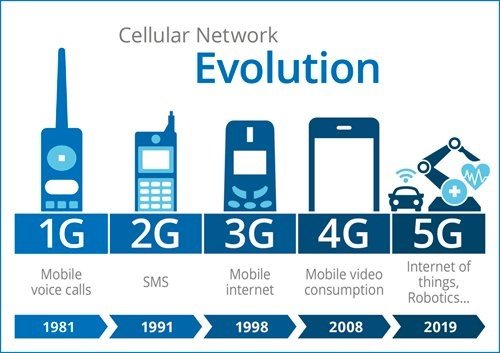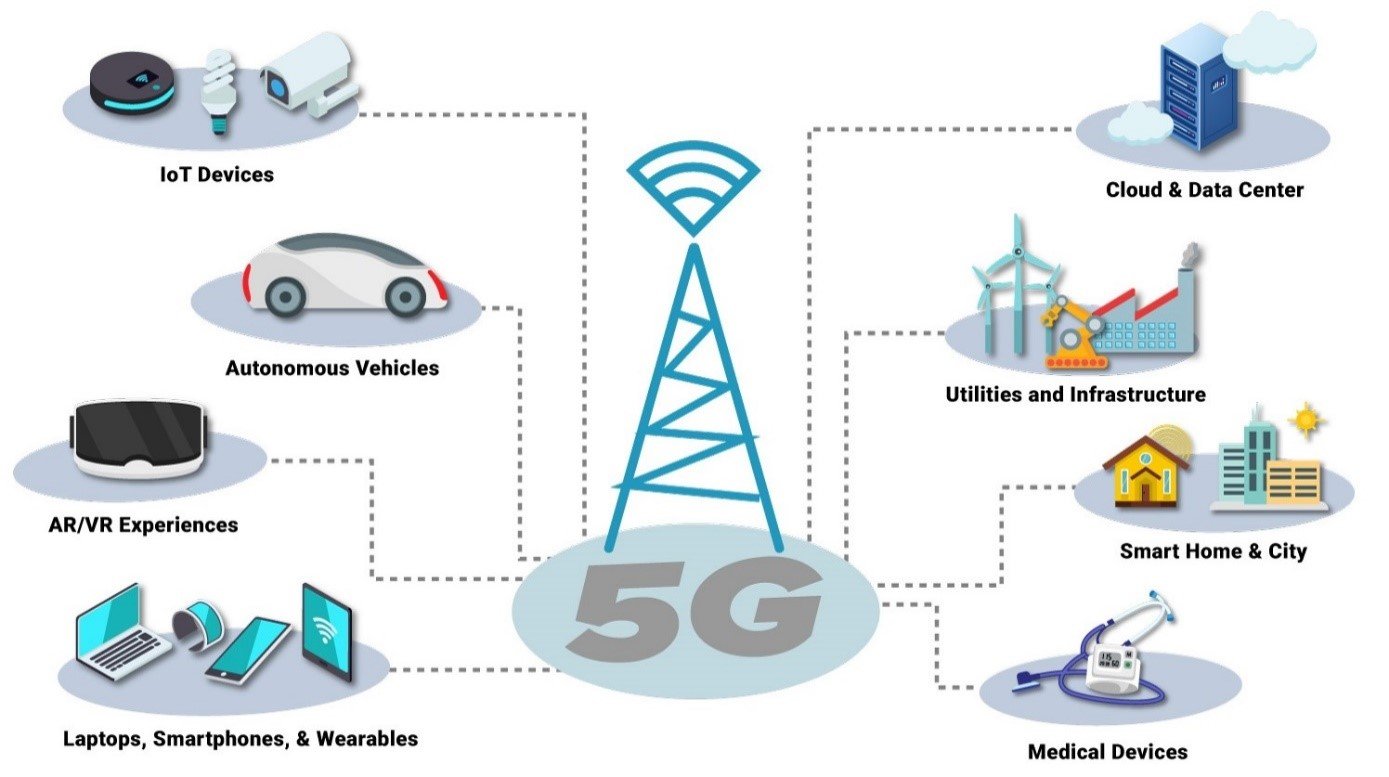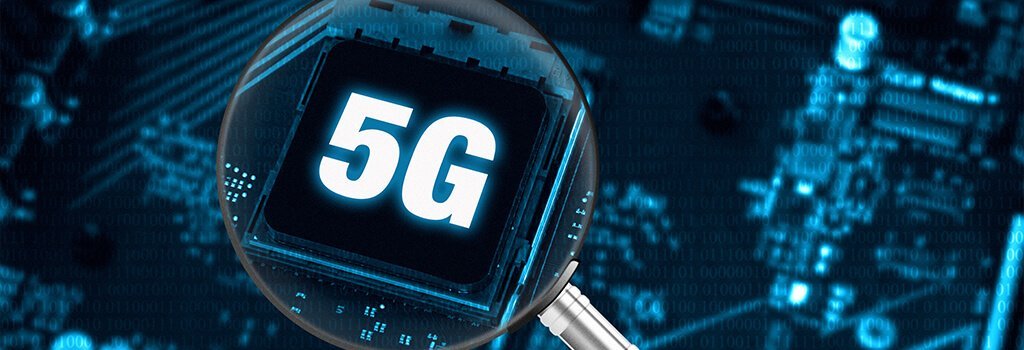All individuals, from 7 to 70, prefer their mobile devices to read newspapers, access current news, watch videos, get online education, play games, watch videos, and most importantly, make video calls with their loved ones from anywhere in the world and whenever they want. technology has resulted in rapid development. Mobile phones, which were used only for voice calls and messaging until recently, have now turned into personal computers. This causes a new generation of mobile communication (5g technology) to enter our lives in a few 10 years.

5G is the expression that mobile infrastructure will change for the fifth time and that the technology is the fifth generation. With this technology, it will be possible to connect to the mobile network and internet services with high speed and low latency. With the 5G technology, which will provide connectivity above the wired access speeds in many places, it will cause radical changes in all sectors with the advantages it will provide in connecting IoT (Internet of Things) devices, from automotive to health, from live and interactive broadcasts to online education, apart from telephone communication.

On mobile networks where many different applications are running, the priorities that are important for each application are different. While using social media or watching a live broadcast, bandwidth is important, but a few bytes of data loss is unimportant, it is very important that there is no delay time and data loss in the conversations of the machines with each other. Unfortunately, it is not possible to make such separations with current mobile technologies. This prevents mobile connections from being used with the desired efficiency. With 5G technology, it is aimed to provide the necessary needs for different applications at the same time and through a single network infrastructure.
With the use of 5G multi-layer spectrum, it will serve in different frequency bands at different bandwidths. In the area covering the 24-29 GHz and 37-43 GHz high frequency bands, speeds of 10 Gbps and low latency are targeted. 5G Internet will have a shortage of coverage at these frequencies. It will be possible to serve a wider coverage area with a bandwidth of up to 1 Gbps in the 2-6 GHz frequency range and relatively low latencies. In the low frequency layer, on the other hand, there will be support for speeds up to 100 MBps and a wide coverage area.
With this technology, which will serve with different bandwidths and delay times in different frequency ranges, individual users will be able to use high bandwidth services such as social media access and video watching without any problems, while IoT devices will be able to communicate with low latency using low bandwidth. With the capacity to produce different solutions for different needs at the same time, 5G will be the technology that designs the future.
The biggest disadvantage in the spread of 5G technology is the high cost of 5G infrastructure development, establishment and adaptation to existing cellular networks. Another problem is that software-related security risks make 5G technology vulnerable to cyber attacks.


